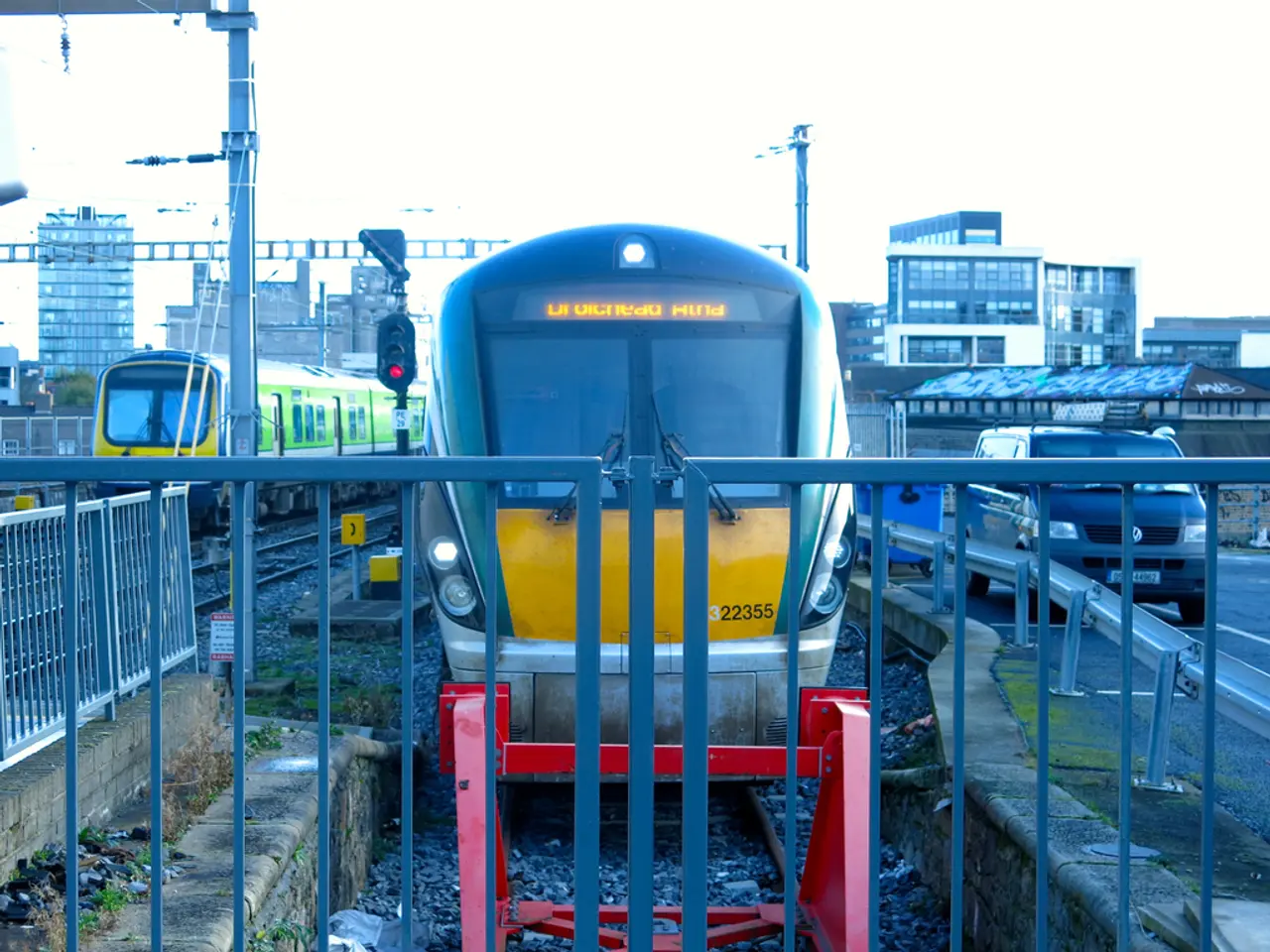Ongoing decline in residential building activity - Decline in residential building projects continues
In the heart of northern Germany, Schwerin is experiencing a downturn in housing construction, a trend influenced by a myriad of factors.
One of the key contributors to this trend is the shortage of skilled labour in the construction sector. This shortage, exacerbated by an aging population and the evolving demands of modern technology, has limited the sector's capacity for new housing projects. The construction industry requires advanced digital and technical skills, which many younger workers prefer to pursue in other sectors, leading to a labour shortfall.
The increasing complexity and bureaucracy associated with modern construction processes are another significant factor. Environmental and climate-related regulations, as well as the need for energy-efficient, climate-resilient housing and the integration of new technologies, have made projects more challenging and often more expensive.
Rising construction costs themselves play a significant role in the building of new homes. Costs have been driven up by more expensive materials, labor shortages, and the need for sustainable and technologically advanced building methods.
Technological advances, such as 3D planning and Building Information Modeling (BIM), while improving efficiency and reducing errors, require investment and adaptation that may initially slow construction growth. These methods help reduce costs in the long term but involve upfront expenses and training.
As a result, fewer new homes are being built in Schwerin as projects become more expensive and complex, and the construction workforce shrinks. Overall, construction costs are a major barrier, influenced by labour market dynamics, regulatory demands, and the shift towards sustainable urban development.
In the first five months of 2024, six factory or workshop buildings with a total estimated construction cost of around 3.6 million euros were approved, compared to one project for around 2 million euros in the same period in 2023. This shift towards industrial and commercial construction is evident, with the total cost of commercial and warehouse buildings approved in MV increasing from 10.6 million euros in the first five months of 2023 to around 13 million euros in the same period in 2024.
The downward trend in housing construction continues, with a 19.8% decrease in apartment approvals from January to May 2024 compared to the same period in 2023. The total cost of office and administrative buildings approved in MV has significantly increased from 431,000 euros in the first five months of 2023 to 25.6 million euros in the same period in 2024.
This shift in construction focus is reflected in the number of single-family home building permits, which dropped to not even half of the 671 permits issued in the same period in 2023. The number of approved industrial construction projects has increased from one in the first five months of 2023 to six in the same period in 2024.
The location of the approved industrial and commercial construction projects is not specified in the article. However, it is clear that the decline in housing construction in Schwerin persists, with a focus on industrial and commercial construction.
In conclusion, the decline in housing construction in Schwerin is a complex issue, influenced by factors such as skill shortages, increasing complexity and bureaucracy, rising construction costs, and technological advances. As the city moves towards sustainable urban development, it will be crucial to address these challenges to ensure a stable housing market and a thriving construction sector.
- To counter the labor shortage in the construction sector and stimulate housing construction, it might be wise for the community to implement policies that offer vocational training programs in digital and technical skills, which could potentially attract a younger workforce.
- In light of the shift towards industrial and commercial construction due to rising costs and complexities in housing, potential investors could explore opportunities in real-estate financing for commercial projects in Schwerin, as the high demand for office and administrative buildings might present a profitable avenue.




